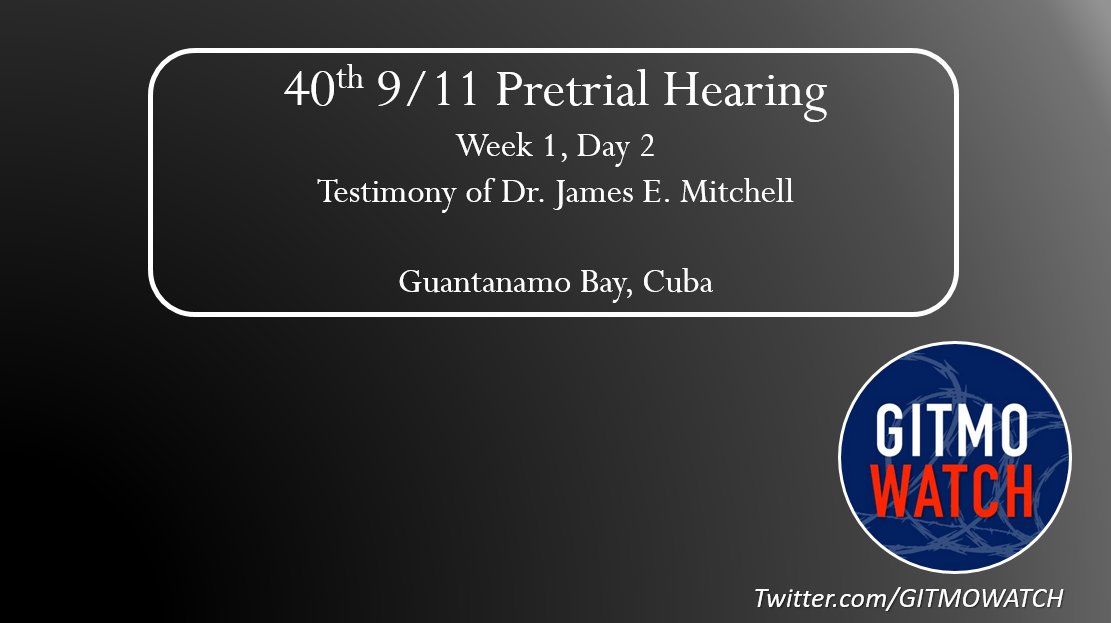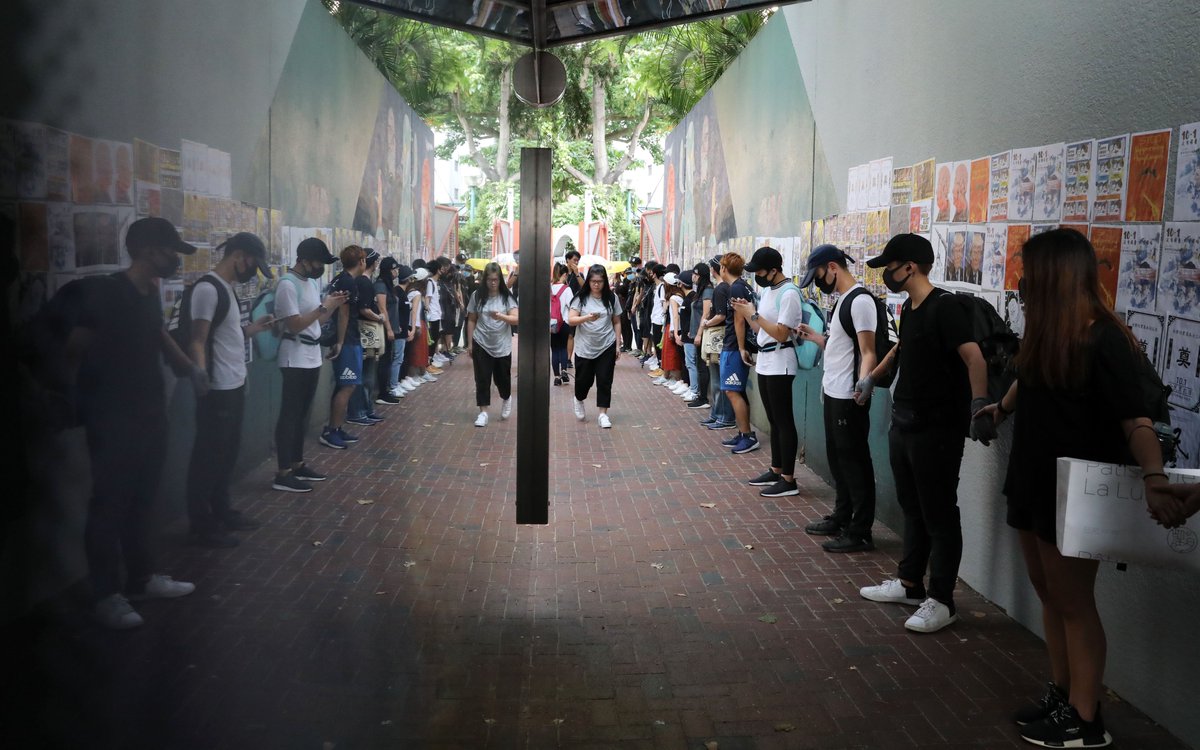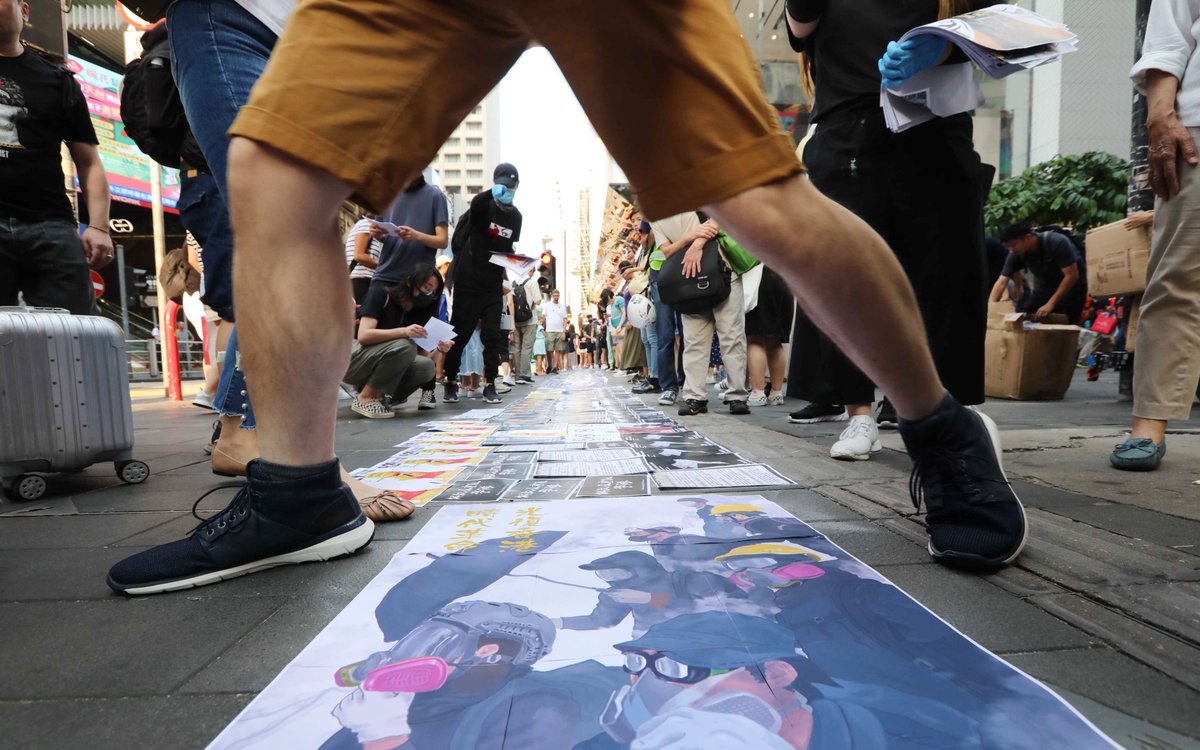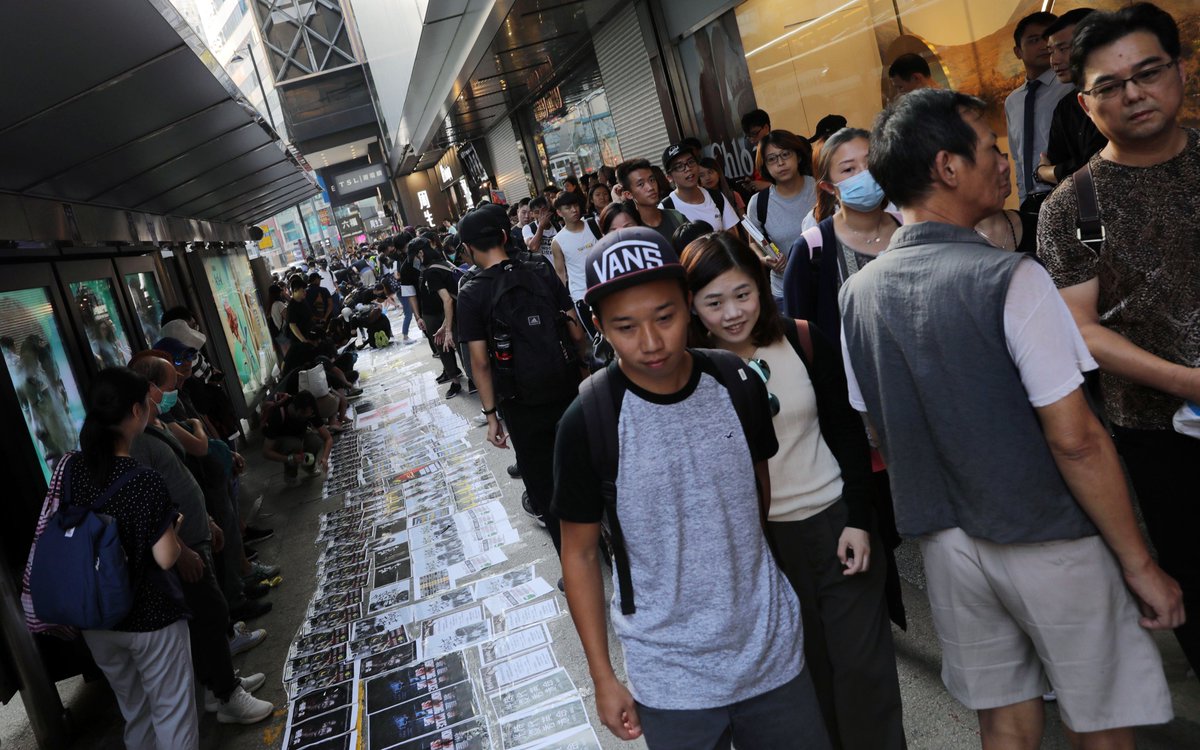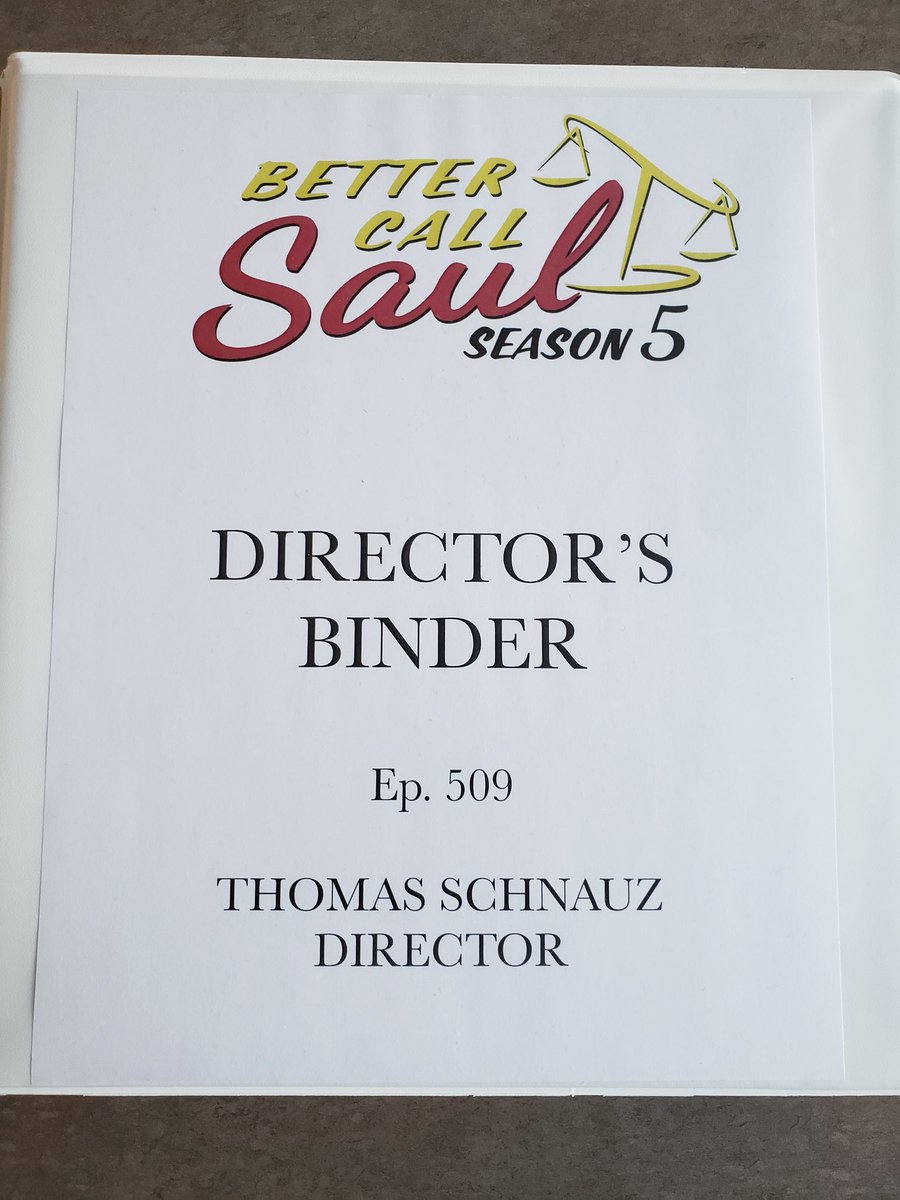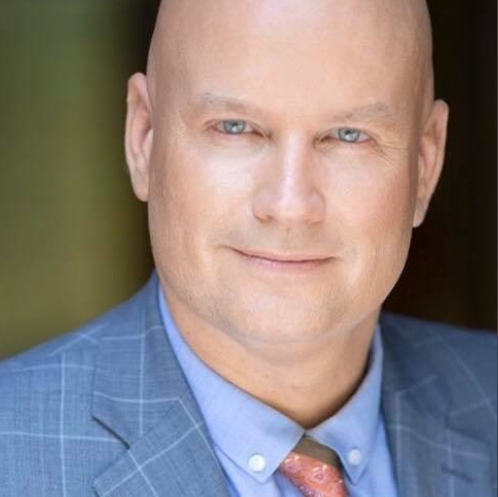
He retired about a week later. #micdrop
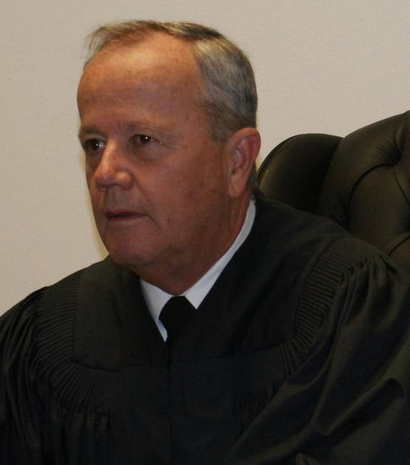
The trial date is ambitiously scheduled to begin Jan 2021, 19 years after the first detainees arrived at Guantanamo.
1. Unauthorized disclosures
2. Authorized disclosures: Official (from CIA itself)
3. Unofficial authorized disclosures (prepublication review process including books and testimony)
For example, Dr. Mitchell wrote a book that went through CIA prepublication review. Questioning based on book shouldn't be limited.
This is fundamentally at odds with due process.
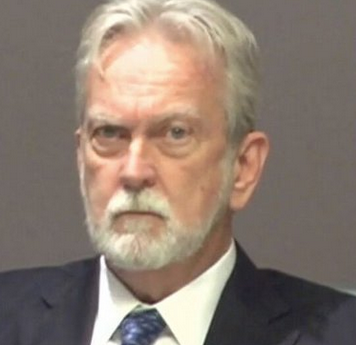
Mitchell shares he came for the victims and victim family members, not for defense counsel.
Avoiding classified and national security privileged information is a delicate tango in the 9/11 war court particularly in the constantly changing government's rules.
He assumes he holds a security clearance since he is at Guantanmo testifying.
Mitchell says he is a good steward of classified information and signed a standard non-disclosure agreement.
Mitchell doesn't want to speak to Harlow's professional role.
He says they had a system for reviewing written materials but feels he is not at liberty to disclose.
The government is invoking national security privilege over some of the details in book.
Any Pentagon watchers have an update?
Mitchell: Buy the publication rights and take it off the market.
They met to prepare for testimony 8 or 9 days. "You've got tens of thousands of documents I've gone through, some of them I've never seen before."
Mitchell: You folks have been saying untrue and malicious things about me and Jessen for years, so it shouldn't surprise you that I would want to spend the least amount of time with you.
Mitchell's understanding is the defense is trying to get 'FBI statements set aside.'
Mitchell: They asked me questions, I provided answers. They didn't give me feedback. The main point was to tell the truth.
MilComs in lunch recess until 13:15.
Mitchell: KSM was subjected to 21 days of interrogation, 1300 days of debriefings. This list suggests detainees were subject to EITs every single day of detention.
Mitchell: Questioning an unwilling person to provide info using 'enhanced interrogation techniques' or potential use of EITS.
Debriefers service intel requirements through question and answer only.
Other CIA debriefers were 'targeters' or 'analysts.'
Mitchell: Possible. I don't have that information.
'DF7' told Mitchell to go to CIA HQ building, escorted him to CIA CTC. There they had a meeting chaired by Jose Rodriguez.
Connell wants to know if Fredman was also in the meeting. Government is invoking national security privilege over who was at the seminal meeting.
Mitchell: (laughing) No.
Drs. Mitchell and Jessen were contractors
He had a massive leg wound, Mitchell describes as a tunneling wound doctors had to open up.
Mitchell says AZ identified a photo of Khalid Shaikh Mohammad as 'Mukhtar,' the 'mastermind of Sept 11th.'
Mitchell: I can't read Soufan's mind, nor would I want to. Perhaps there was some rapport building involved in the exchanges with Abu Zubaydah, hand holding, etc.
If a net a dog is held in is electrified, most dogs would eventually lie down and not try to escape.
His perspective is that learned helplessness diminishes after an individual understands they are not actually helpless.
Good to know.
The military never uses one word when they can use two, explains it means schedule.
#JusticeDelayedIsJusticeDenied
Connell clarifies there were rotating shifts of interrogations.
He claims the FBI tried to bribe AZ to comply with questioning with a pepsi to which he responded: 'What makes you think I would betray my God for a Pepsi?'
Mitchell: Yeah, that was my idea.
Describes it as a good cop, bad cop scenario/threat and rescue.
Keep in mind military members go through SERE training *voluntarily*.
Note: Ammar al Baluchi has brain trauma from CIA walling.
I'd get up today and do it again."
Mitchell: I believed AZ was the linchpin because he'd provide the puzzle pieces to disrupt other plots.
Goes on to say as a contractor he was paid by the day.
($1,800/day to be exact)

